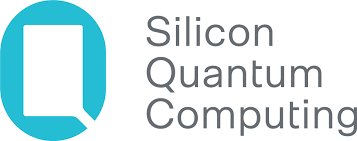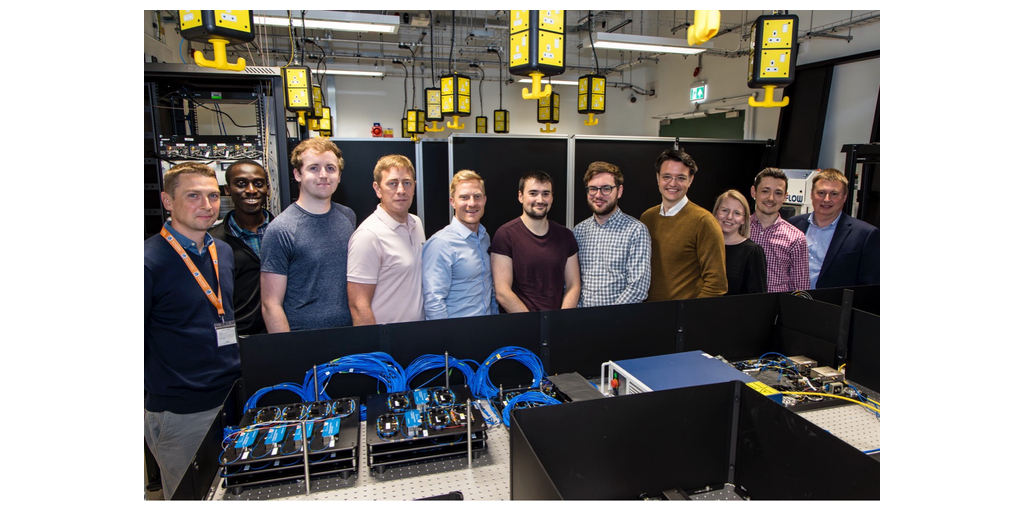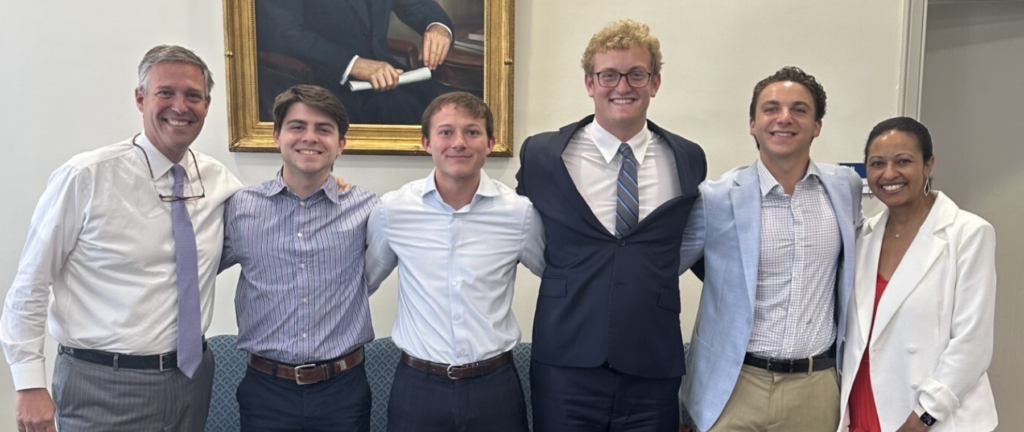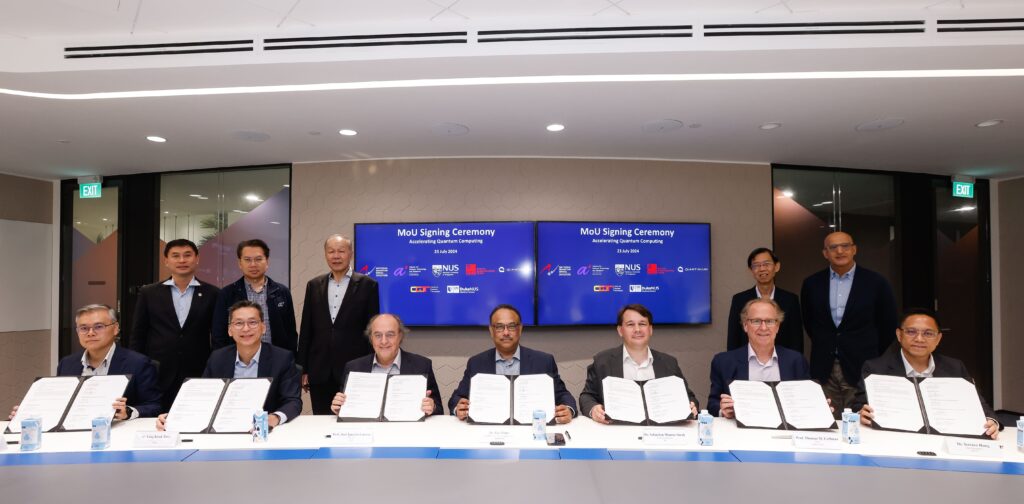We spoke to Silicon Quantum Computing Director, Michelle Simmons at The Economist Impact event in London. We discussed her beginnings in quantum physics, SQC’s strategy and other aspects of the quantum technology industry.
Long Coherence Times
Studying at the Cavendish Laboratory in the UK more than two decades ago, Simmons was trying to make reproducible quantum devices, working with fundamental quantum effects in Gallium Arsenide. Researching on what was the best way to build a quantum computer, Simmons realized how difficult it was to make quantum devices “reliable and reproducibly”. “No teams globally were working with silicon at that time,” said Simmons. Yet the literature showed that atom qubits in silicon were a good candidate for building a quantum computer due to the long coherence times and the all-important multiple decades’ worth of material development in silicon.
This insight was the underpinning of the founding of Silicon Quantum Computing (SQC).
“We spent about five to ten years optimizing the manufacture of our qubits out of atoms in silicon, and realized the quality of the qubits was really outstanding.”
As one of the first quantum companies backed by a national government, this is a testimony to SQC’s silicon-based approach.
“It was driven by the fact we had funding from the Commonwealth Bank of Australia — they actually came to us in 2012,” said Simmons. “They were looking at quantum computing… They travelled the world, trying to find out who the leaders were in quantum computing.

“Ironically”, Simmons said with a smile, “they were told overseas that there were some really great Australians. They came to me, they literally came into my office. I was an academic at the time and said we have seen your single atom transitor results and you’re one of the leading teams building a quantum computer and we want to fund you.
Since that time, Simmons and her team haven’t looked back.
One of the things you notice about Simmons is the passion she shows for her subject — very Feynmanesque in execution. Whilst many founders are diplomatic about a world filled with different qubit modalities, Simmons’ conviction on silicon as the most promising approach stands out.
SQC has achieved milestones to back up the confidence. From making a single-atom transistor, Simmons discussed very fast readout times and the ability for atom qubits to realize high fidelity, fast two-qubit and single-qubit gates.
“One of the unique things we have is because the physical system is small, we can use classical computing to model the quantum states. You can actually see the wave function of the qubit, and measure that exactly — using it to help model how to scale up,” said Simmons.
Having a solid theoretical modelling team only makes that easier: SQC has started to build up its stack, from a control team, and algorithm team right down to a cadre for software.
Building at Home
Another area where SQC is relatively unique in the space is that everything is — very deliberately — built “in-house”.
“If you don’t manufacture it in-house, you can’t build it,” Simmons began. “I think you have to control your manufacturing line. So, if you’re outsourcing something that has never been built before, you just can’t assume that somebody cares about it as much as you do.”
She also believes building the software and integrating it is critically important.

“I honestly think you can’t outsource different layers of the stack,” said Simmons. “If you don’t build it in-house, you can’t build it.”
Our interview shifted to Australia as a research hub and how it compares to other regions of the world. With a history stretching back two decades, quantum computing on the national level is as good as any on the planet.
The Australian Research Council (ARC) Centre of Excellence in Quantum Computation and Communication Technology (CQC2T), which started in 2000 at UNSW Sydney, is a case in point:
“What we have done at our Centre is focus on silicon and optics. We’ve got two platforms which we look at, and then combine them with quantum communications.”
Simmons also highlighted some of the Australians making an impact abroad, IBM Fellow and Vice President of Quantum Computing, Jay Gambetta — a speaker at the event — is a good example. As well as this, she credits the fact quantum tech in Australia has a lot of government and corporate support, making it a very interesting place to be.
Finally, we briefly spoke about Diraq, a new quantum computing startup announced earlier this month. Diraq — led by CEO Andrew Dzurak — is the resulting entity formed through Silicon Quantum Computing selling a subset of its IP rights after it announced it was ceasing its work in SiMOS.
“I think you’ve got to focus on what you can control,” said Simmons, “and that particular technology was going to need a fab line overseas, which we don’t have in Australia.”

Simmons remarked that trying to build that in Australia with a far-cycle turnaround time was just too long and hard.
Learn more
Michelle Simmons is a Scientia Professor of Quantum Physics in the Faculty of Science at the University of New South Wales and 2018 Australian of the Year for her work and dedication to quantum information science. She is also a Co-Founder and Director of the Sydney, Australia-based company Silicon Quantum Computing (SQC), which was set up in 2017 and is jointly funded by the Australian Commonwealth Government, the Commonwealth Bank of Australia, Telstra, UNSW Sydney, and the NSW State Government. Focused on building a quantum computer in silicon, SQC is currently developing a quantum integrated circuit in silicon to be delivered in the near future.



















